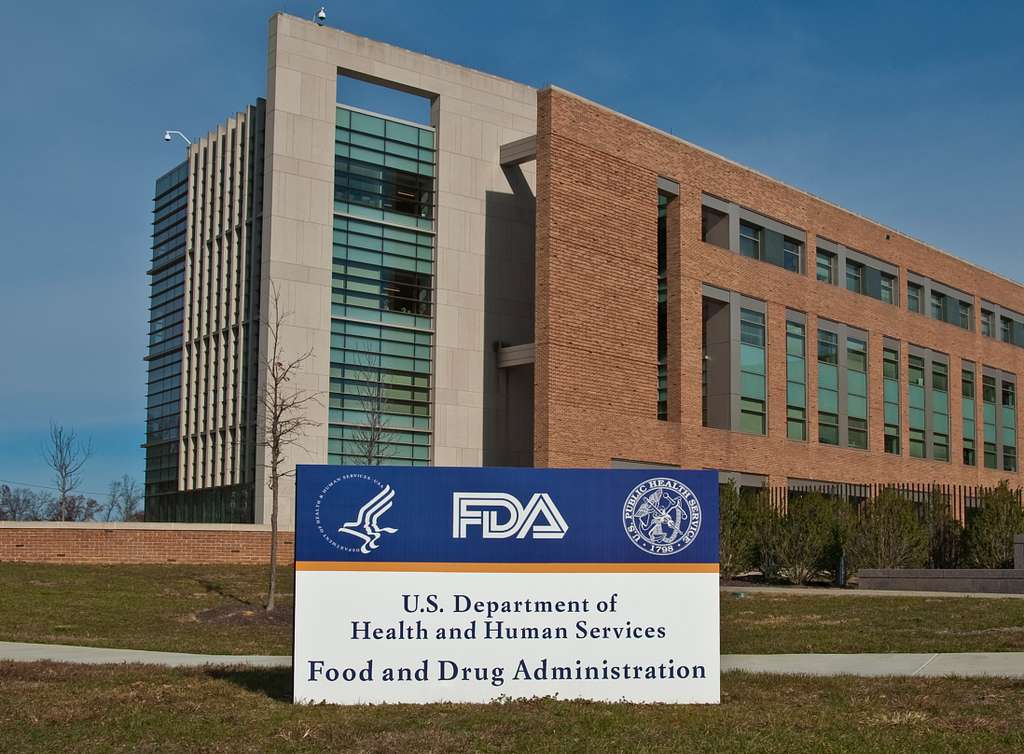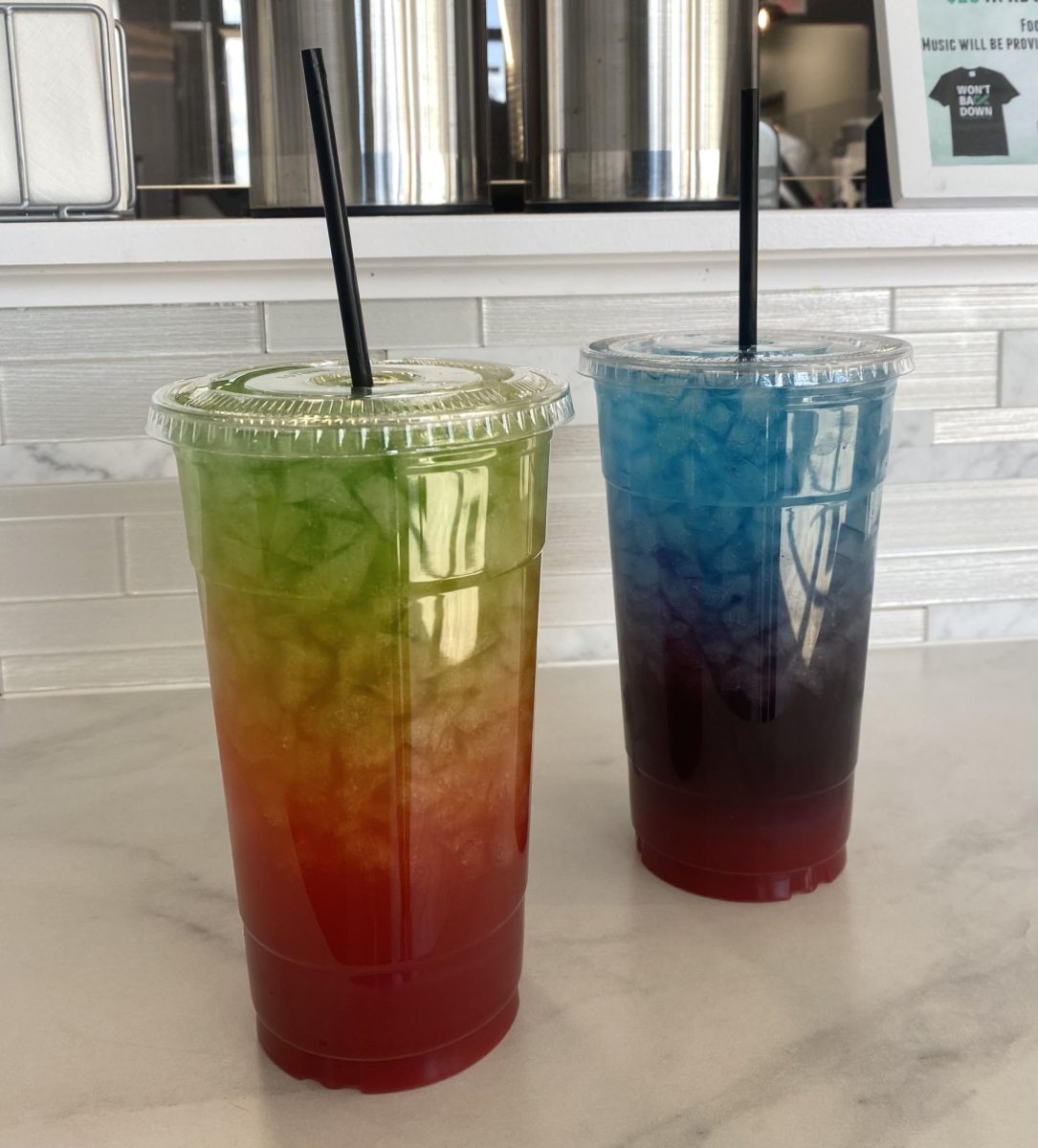Many companies use artificial food dyes to make our breakfast, lunch, and dinner more colorful, like neon orange beverages. However, food dyes seem to raise a question: do food dyes pose a health risk?
Thirteen years ago, the National Library of Medicine published its research on food dyes. Their research found that food dyes are originally synthesized from coal tar and petroleum and have been controversial. Some dyes are even banned because of their effects on animals or testing.
The NIH found that Red 3 causes cancer in animals and that other dyes are carcinogenic. Four dyes: Blue 1, Red 40, Yellow 5, and 6, cause hypersensitivity reactions, and other dyes proved positive for hypertoxicity. All but one of these dyes are approved by the United States, even though they raise health concerns for consumers.
The only dye to be banned is Red 3. On Jan. 25, 2025, the FDA issued a ban on Red 3 in food and ingested drugs. About six food products still have Red 3. Those products range from candies to fruit products, like Brach’s Conversation Hearts and Brach’s Candy Corn. Food companies that use Red 3 have until 2027 to reformulate all products using the dye.
As Red 3 is banned, our food’s most popular food dyes include Red 40, Yellow 5, and Yellow 6. The Environmental Working Group said that 90% of food dyes are made of these 3 and that more than 36,000 food products use Red 40. Some of these food products range from processed meats like hot dogs to Cereals like Fruit Loops or Cinnamon Toast Crunch.
Besides Red 40 causing hyperactive reactions, the food dye is not shown to cause cancer but is linked to allergies, migraines, and even mental disorders in children. The bottom line is that Red 40 does not seem to pose a huge risk but has been implicated in allergies and worsened behavior among those who have ADHD
As for Yellow 5, the dye is proven to cause cancer in animals when consumed in high dosage, however, the dye was studied at levels higher than humans are used to. As stated before, Yellow 5 is contaminated or made with benzidine, which is carcinogenic. Other dyes that use benzidine, such as Direct Blue 6, 38, and Direct Brown 95, are also found to be carcinogenic. Since the 1970s, the sale of benzidine has been banned, and it is no longer used in medical laboratories or rubber and plastic industries. If Yellow 5 is banned in rubber and plastic products, why is it not banned for food?
Currently, California is the only state to ban any dyes. In 2021, the state banned six synthetic dyes in public schools and banned the sale of Red 3 and three other additives from being sold in 2023. Lawmakers in Illinois, New York, and Pennsylvania are considering similar bans. New York lawmakers are also considering closing the “generally recognized as safe” (GRAS) loophole.
Recently, newly appointed Secretary of Health Robert F. Kennedy Jr. made a vow to rid food of artificial food dyes. On Monday, Kennedy met with top executives from PepsiCo, Kellogg, General Mills, and other large food companies. During the meeting, Kennedy emphasized that it was a “strong desire and urgent priority” of the new Trump administration to get rid of artificial food colorings. With Kennedy’s obvious opposition to food dyes, a ban could come in 4 years or less.
As food dyes do not necessarily pose a risk to humans, take note that food dyes are made up of harmful substances. Consumers are not obligated to always listen to what the FDA approves of. Always read labels and take caution on whatever you choose to buy.






